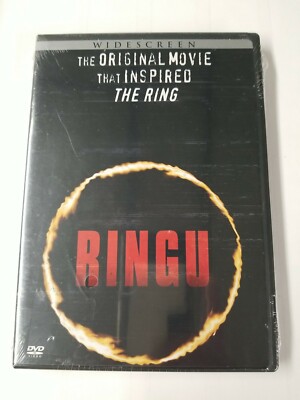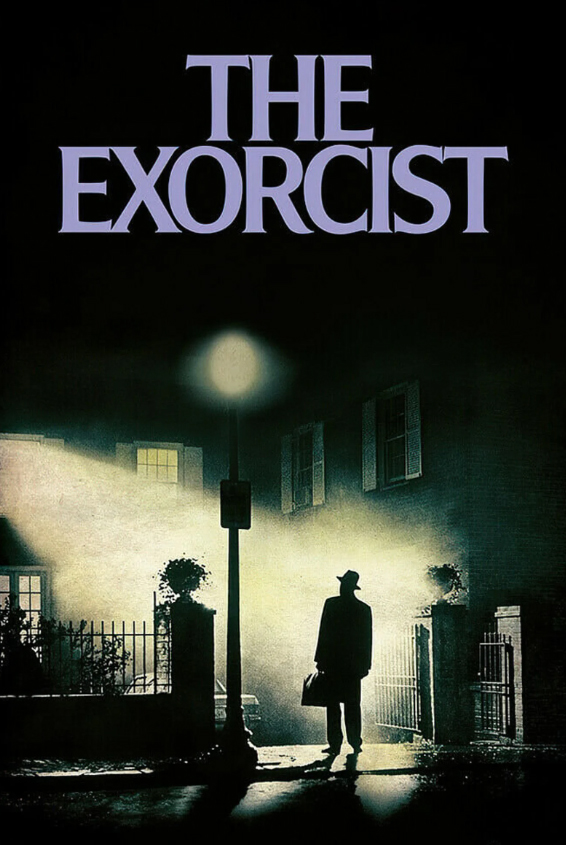By Kai Curry
NORTHWEST ASIAN WEEKLY
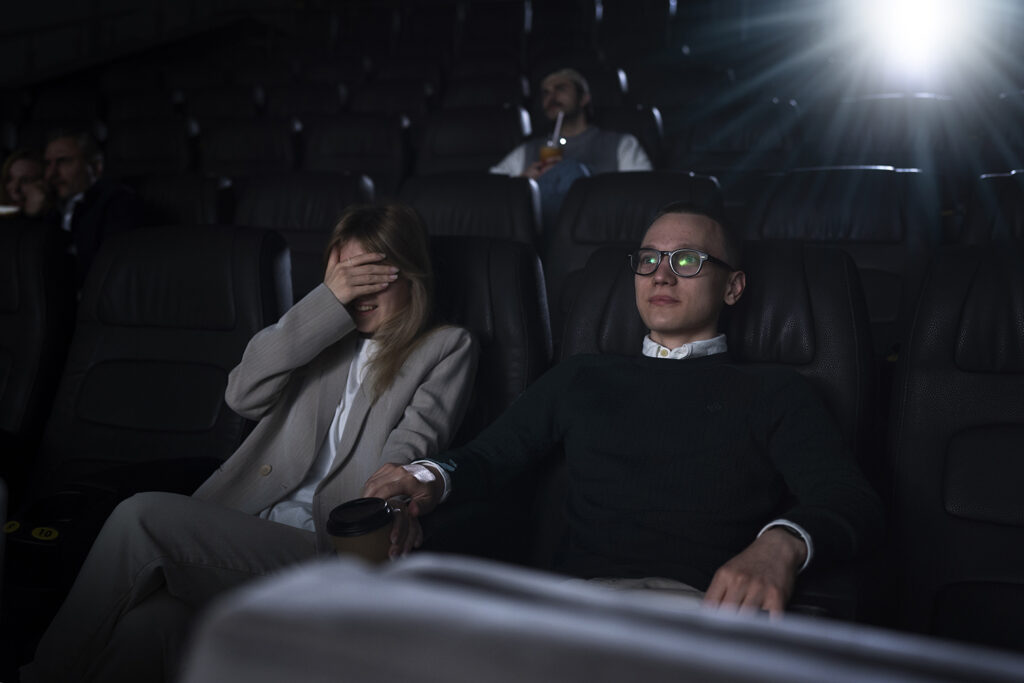
With Halloween just around the corner, we’re diving into a two-part series on Asian horror films. Are they scarier than their American counterparts? What makes them so chilling? And which ones should you check out this year—and every year? The Northwest Asian Weekly talked to two movie buffs—Dr. Ungsan Kim and Champ Ensminger—about their favorite scary movies, and whether or not Asian movies can claim the title of “Most Scary.”
Not everyone celebrates Halloween, yet many may celebrate something similar. Halloween is believed to have been derived from the Celtic Samhain, a festival at the end of winter, and specifically, on Oct. 31, when spirits were thought to roam the earth. In order to ward off these spirits (not to have parties with them), costumes were worn and bonfires lit. We wish for the spirits of the dead to be friendly, yet they often just are not. Thus, scary. In Asia, there is an equivalent in the Hungry Ghost Festival, on the seventh month of the lunar year. Offerings are made to make nice with the spirits, and there is a bit more friendliness involved, with empty seats at performances being saved for them. It can feel celebratory.
In many related Asian holidays, there is a welcoming vibe to these interactions with the spirits, as well as an attempt to placate and guide them—because for some reason, spirits often get lost. Why then, are Asian scary movies so darn scary? It seems like ever since the release of Japan’s “Ringu” (The Ring) in 1998, Asia, and particularly Japan, have often been touted as having the scariest movies. “The Ring” is defined as a horror movie, horror being an umbrella term for scary movies (and scary being very subjective), Dr. Ungsan Kim explained.
Kim is an assistant professor of Asian Cinema in the Department of Asian Languages and Literature at the University of Washington. He teaches Korean film history, Asian horror cinema, and queer cinema. Kim has been a horror film fan since childhood, and abstained from voting a hard “yay” or “nay” as to whether Asian films are the “scariest.”
“We shouldn’t underestimate the cultural and historical particularities,” Kim said. Audience reception differs by context, he said.
“It would be difficult for a middle-class American living in the affluent part of a suburb to fully understand the horror of living in the suffocating density of Hong Kong’s shabby ‘coffin home’ apartments,” Kim continued. (“Coffin Homes” is a 2021 Hong Kong movie Kim referenced as a “comedic” horror film that is actually terrifying, as sometimes happens.)
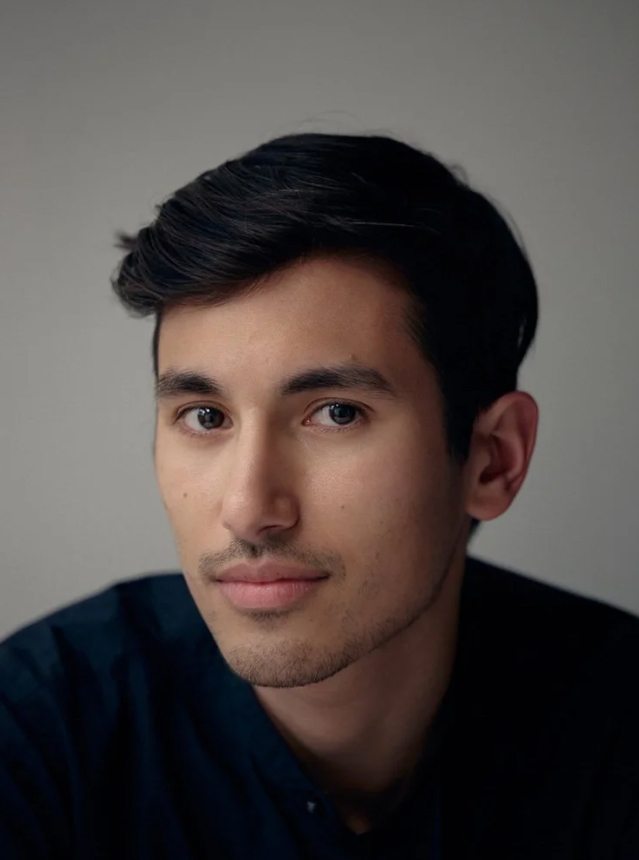
Champ Ensminger (Photo by Canh Nguyen)
Champ Ensminger is a Thai American filmmaker who was born in Chiang Mai and raised in Spokane, Washington. He has won several awards for his documentary short, “Yai Nin,” including a Grand Jury Prize at the Seattle Asian American Film Festival in 2020. Ensminger also loves horror movies, and has been watching them, probably, since he was much too young. You might see him at one of the horror film clubs or classes here in Seattle during our film festivals. Ensminger broke his teeth on movies like “The Ring.” (We did ask him, which was better, the Japanese original or the 2017 remake? He generously gave both versions points.)
Ensminger has a combined upbringing in Hollywood and Thai horror, the latter of which often centers around cultural and religious context, such as Buddhist and pre-Buddhist beliefs. Ensminger believes that it’s the use of these beliefs that make many Asian horror movies scary—and might even make them scarier than Western horror movies. Horror is a genre “built around fear of the unknown, the tension of not knowing something works, and what intentions it has for you,” Ensminger explained. It’s supernatural, it’s outside of human understanding. In the case of Asian movies that involve Asian spirituality, the very familiarity can be terrifying, while for a Westerner watching the same Asian movie, it can also be terrifying due to the un-familiarity.
Kim corroborated that, particularly in Thai and Indonesian horror films, which are the two major horror film industries in Southeast Asia, there is a “confluence of religious doctrines and secular desires which create interesting dynamics.” Religion can be the source of the fear, but religion can also be the solution, he said. This jives somewhat with religious-based horror in the U.S. and Europe where, say, Catholicism is both the root of the problem and the savior (“The Exorcist” anyone?). By the way, “The Exorcist,” from 1973, is on Kim’s list of “best” U.S. horror movies for its great visuals, great sound effects and soundtrack, and great performances.
Why do we like to be scared? Well, it’s science. Being scared triggers the release of adrenaline and dopamine and makes us feel excited, even euphoric—with a caveat: it should be fake. Knowing that we are safe while we are watching a horror movie is what makes it so effective.
Another overarching theme of Asian horror, Ensminger pointed out, is family or historical trauma. Maybe there is a debt owed that people in the present still have to pay off. Whereas in the U.S. and Europe, Ensminger compared, scary often revolves around murder. Sadly, maybe, audiences in the U.S. are more able, perhaps than those in Asia, to “wrap their heads around the fear of other people rather than just of ghosts or zombies,” Ensminger proposed.
Kim reminded us that the impact of a horror film is not just the story but the way the story is told, cinematically. We’re all familiar with audience members shouting, “Don’t go in that room!” as soon as a certain sound effect occurs.
“Many people commonly believe that our feelings of terror in horror films stem from visual elements, but in fact, sound effects and music contribute more to the building of suspense than images do,” Kim said. He cited “Weapons,” a 2025 U.S. movie featuring Asian actor Benedict Wong, as a prime example of the well-arranged sound effect.
As soon as the weather turns cold, Ensminger finds himself breaking out the scary movies. It happens that his birthday is on Oct. 27, and so he will often pair his birthday party with a horror movie. Ensminger loves Halloween-themed movies, like “The Nightmare Before Christmas” and he appreciates some of John Carpenter’s films for their scary atmospheres. Kim likes to attend the Bucheon International Fantastic Film Festival and the Busan International Film Festival every year to “hunt for” good Asian films, he told us, and he hopes that more diverse horror movies will become available for viewing in the U.S. soon.
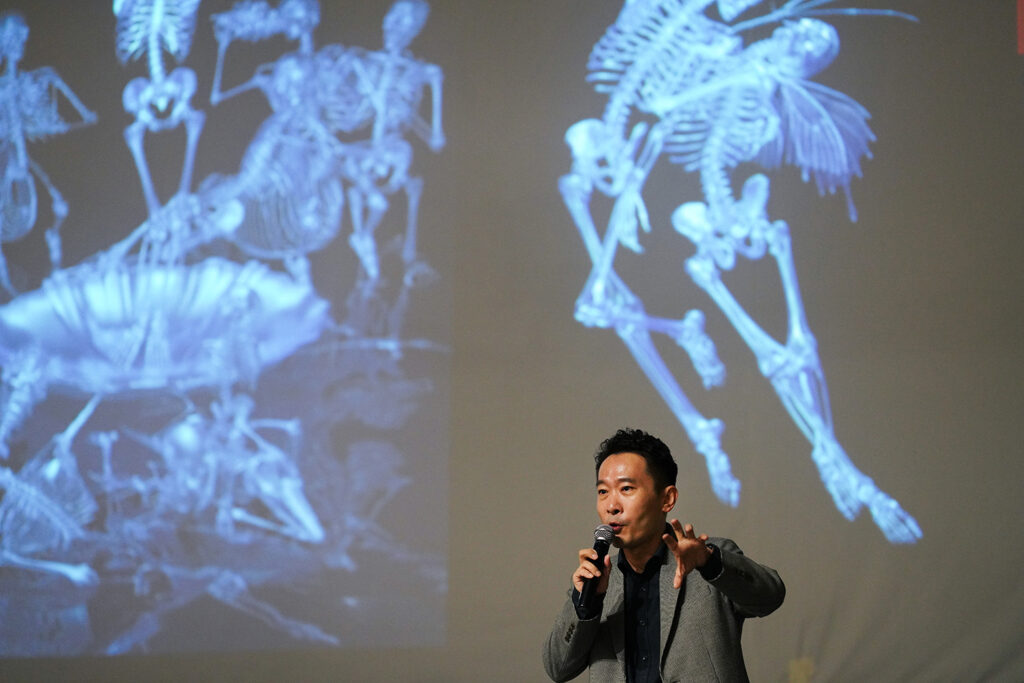
Dr. Ungsan Kim giving a talk in Korea (Photo courtesy of Dr. Ungsan Kim)
Many people are looking forward to Na Hongjin’s (the director of The Wailing and The Chaser) new feature “Hope” (expected to be released in 2026), a thriller, Kim said. Also, Joko Anwar’s “Grave Torture” (2024) will be a good alternative to the U.S. horror film, Kim added.
Asian or U.S. movies, which are scarier? Kim and Ensminger remained diplomatic.
“I think you can come into either side of horror with something to take away from it,” Ensminger said.
Look out for our second part in this series, which will feature Kim and Ensminger’s top-rated Halloween-time scary movie recommendations!
Kai can be reached at newstips@nwasianweekly.com.




